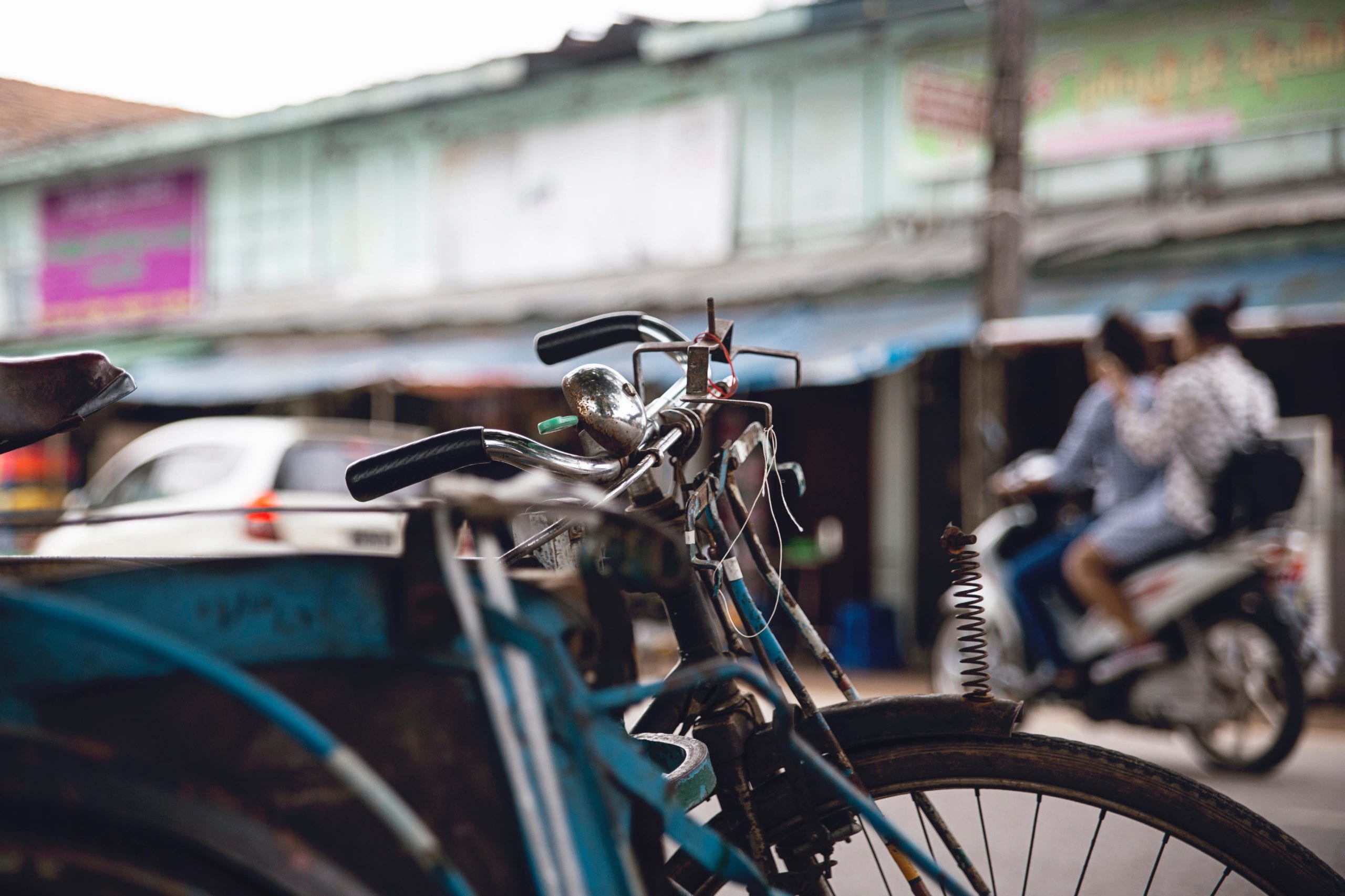
Here at Yoti, we believe in the benefits of digital identity for all. As we continue to ramp up our efforts in the humanitarian sector, we recently commissioned research to better understand digital identity needs among grassroots nonprofits in the developing world.
The first post in the series of two covered our work in Africa. Read it here.
In this post, David Burton – a member of our South East Asia research team – shares his approach and findings from the region.
Digital identity in the last mile
How can we keep our identities safe? It’s one of the greatest challenges facing governments, nonprofits and businesses today.
Yoti recently asked Glean to help them find out how identity technology could help people in developing countries to stay safe and live better lives. So, our Director of Innovation, Jesse Orndorff, got to work. He set about co-designing a rapid survey and landscaping that helped Yoti understand the challenges faced at grassroots levels in the developing world.
Methodology
We’ve been working in Asia for almost a decade now. In that time we’ve seen things change a lot, and we have a hopeful perspective on the power of tech to make a difference there. Good tech – tech that’s designed with the end user at its heart – can help growing economies to leapfrog entire areas that other economies have been struggling with. It’s no exaggeration to say that we’ve seen good tech changes lives in places – everywhere from Cambodia to Indonesia and Pakistan.
The human centred design approach we took for this research is called the Growth framework. This framework became the basis for our work and shaped the way we conducted interviews. Our method was to ask simple questions and leave enough space to follow up on themes that emerged during the interview. We would then summarise our findings under common headings.
We interviewed senior managers and grassroots NGO workers from 11 different organisations, who work in 7 different Asian nations. We asked them about how they managed participant identity information, what tools and systems they use, what problems they face in handling IDs, and what opportunities they could see for improving the way they handle IDs in future.
The problems
We learned that there are many common problems related to identity across different areas and sectors. They include:
- Documentation – it’s not unusual for someone’s identity to be confirmed using documents which often only exist as single copies and are hard or impossible to obtain.
- Verification – new projects often require local officials to confirm people’s identities on a case by case basis. The process can be lengthy, and often people are prevented from benefitting from a project because their identity can’t be confirmed.
- Fraud – bad processes for handling identity can sometimes mean resources are poorly distributed. It’s because people appear on participant lists more than once, or because verification and documentation are seen as impossible and are therefore not attempted. Insecure ID systems also create space for corruption and abuse of power.
Good ID can change everything
Identity sits at a pinch-point which everyone we interviewed saw as vital to their work. Across the board – from community development to microsavings, and disaster response to health – everyone agreed that bad ID solutions hold back promising projects.
Almost all projects require the project lead to identify the people in the user group. That means that a good solution for confirming identity, covering both documentation and verification, has huge potential to transform systems and have real impact across a wide range of sectors and activities.
Throughout our research, we met a lot of people who were incredibly excited about how a better, more secure solution for proving and storing identity details could help people to be safer and more prosperous, even in very vulnerable circumstances.
Biometrics are very appealing
We wanted to talk about format with our interviewees. We wanted to get a sense of how the storage approach for ID could be helpful or frustrating for them. As well as concerns about single copy documents which can easily be lost, and the challenge of getting documentation at all, we regularly heard that biometrics are seen as a good way of avoiding fraud and verifying identity easily.
Privacy and security could be a matter of life and death
With the same vehemence as they expressed for the need for good ID solutions, our interviewees consistently voiced concerns about privacy. Beyond concerns about commercial exploitation of identity, which are relevant around the world, bad ID management has the potential to directly affect the safety of people in some developing contexts. Where everyday corruption is normal, any central repository of information can be actively used to endanger the lives and livelihoods of community members. It is vital for any solution to be secure, and to have privacy as a high order design aim.
ID for the win
The opportunities for identity and technology to make a real, lasting difference to people’s lives are exciting and extensive. Good ID management can keep people safe and help them to access projects, government services and economic opportunities that they would otherwise be excluded from. Having control of their identity can be a major asset to vulnerable people in particular. And it’s clear that, with a focus on privacy and security at the heart, identity management is a huge opportunity to help people to make the most of their resources and their activities.
David Burton
Director of Strategy, Glean
www.glean.net
